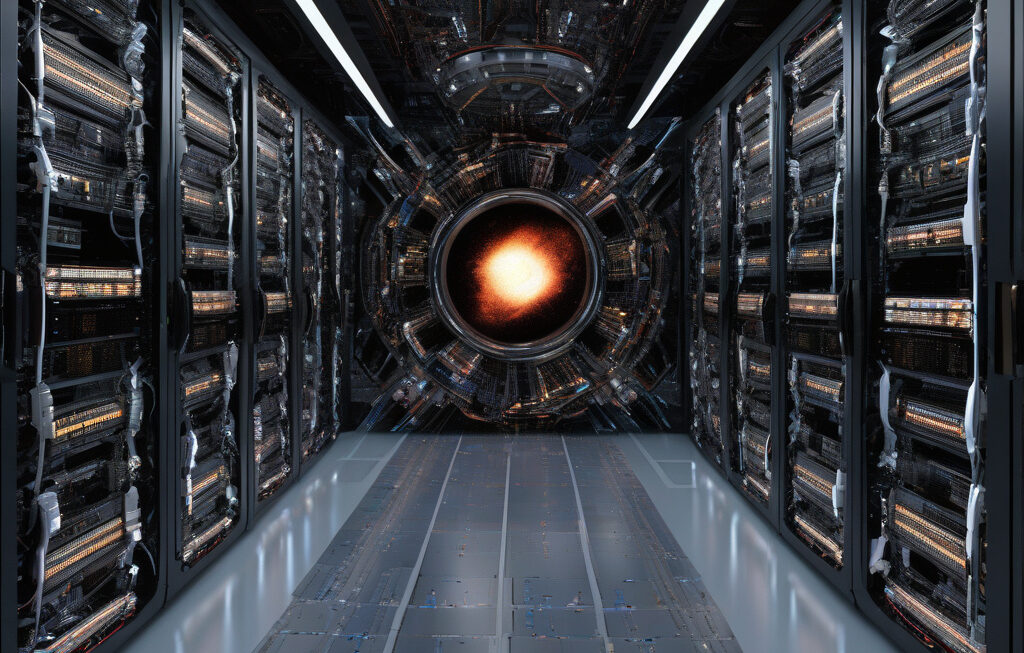Wendelstein 7-X Stellarator Sets World Record for Holding Fusion Plasma for 43 Seconds
On May 22, researchers achieved a major milestone in the pursuit of clean, limitless energy. The Wendelstein 7-X stellarator, located in Greifswald, Germany, successfully held fusion plasma for a record-breaking 43 seconds. This achievement marks a significant advancement in the field of nuclear fusion research and brings us one step closer to harnessing the power of the stars here on Earth.
The Wendelstein 7-X stellarator is a cutting-edge fusion device that aims to replicate the process that powers the sun and other stars. Unlike traditional tokamak reactors, which rely on powerful magnetic fields to contain the plasma, stellarators use a more complex twisted magnetic field configuration. This design offers several advantages, including the ability to sustain plasma for longer periods, making it a promising candidate for future fusion power plants.
The recent breakthrough at Wendelstein 7-X is a testament to the dedication and hard work of the researchers and scientists involved in the project. By successfully confining the fusion plasma for 43 seconds, they have surpassed previous records and demonstrated the stellarator’s capabilities for long-duration plasma confinement. This achievement brings us closer to realizing the dream of clean, abundant energy through nuclear fusion.
One of the key advantages of nuclear fusion is its potential to provide a virtually limitless source of energy with minimal environmental impact. Unlike fossil fuels, fusion does not produce greenhouse gas emissions or long-lived radioactive waste, making it a clean and sustainable energy source for the future. By unlocking the secrets of fusion energy, we could revolutionize the way we power our world and mitigate the effects of climate change.
The success of the Wendelstein 7-X stellarator is a significant step forward in the development of fusion energy technology. It paves the way for future advancements in plasma physics and reactor design, bringing us closer to achieving practical fusion power. As researchers continue to push the boundaries of what is possible, we can look forward to a future where clean, abundant energy is a reality.
In conclusion, the world record set by the Wendelstein 7-X stellarator for holding fusion plasma for 43 seconds is a remarkable achievement that highlights the progress being made in the field of nuclear fusion research. With continued innovation and investment in fusion energy technology, we are on the cusp of a new era of clean, sustainable energy that could transform the way we power our world.
fusion, Wendelstein 7-X, stellarator, clean energy, nuclear fusion












